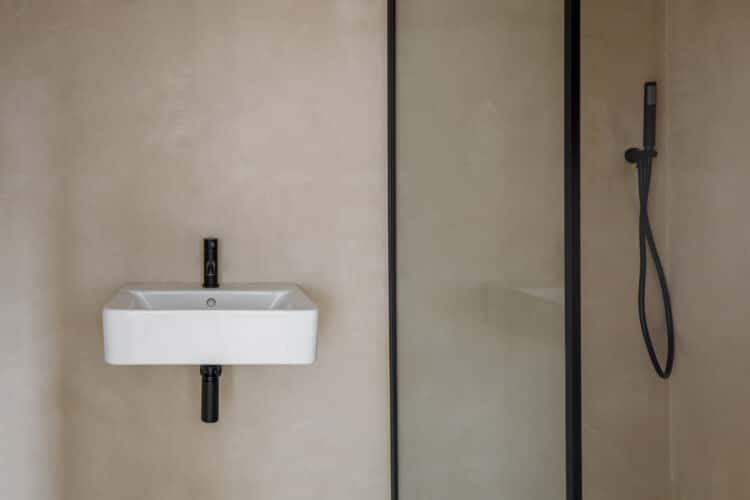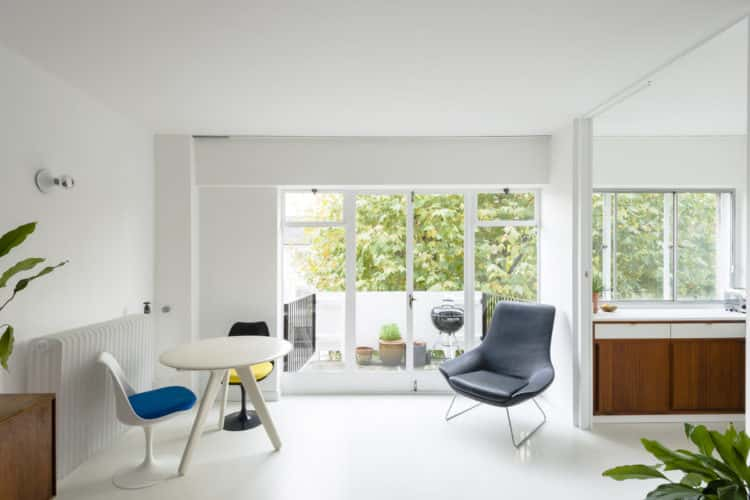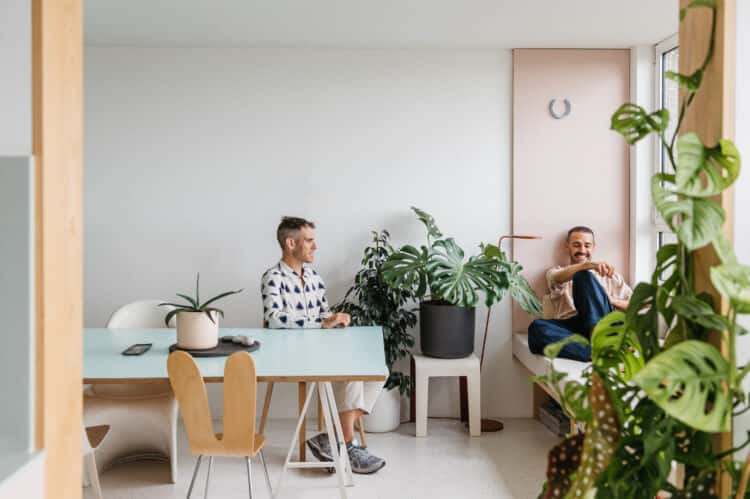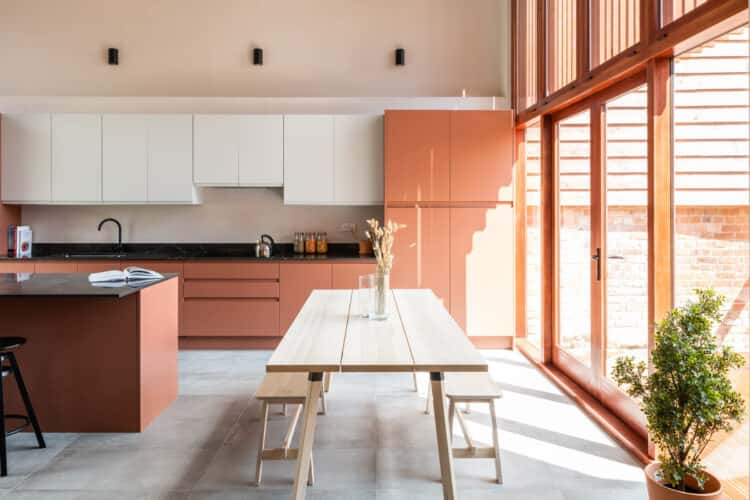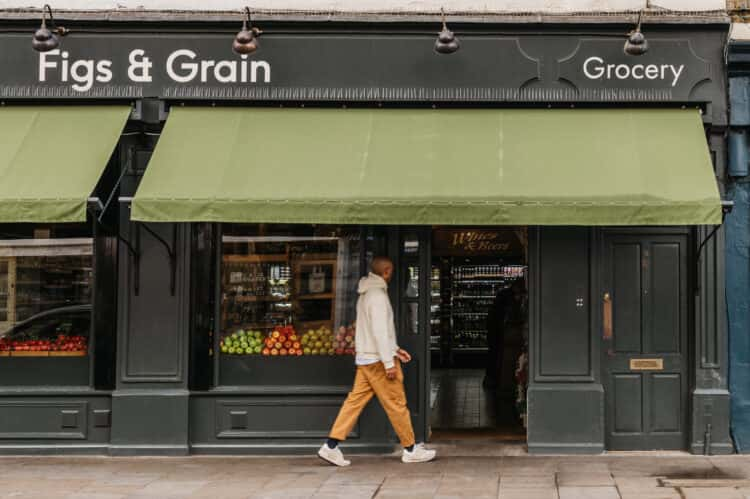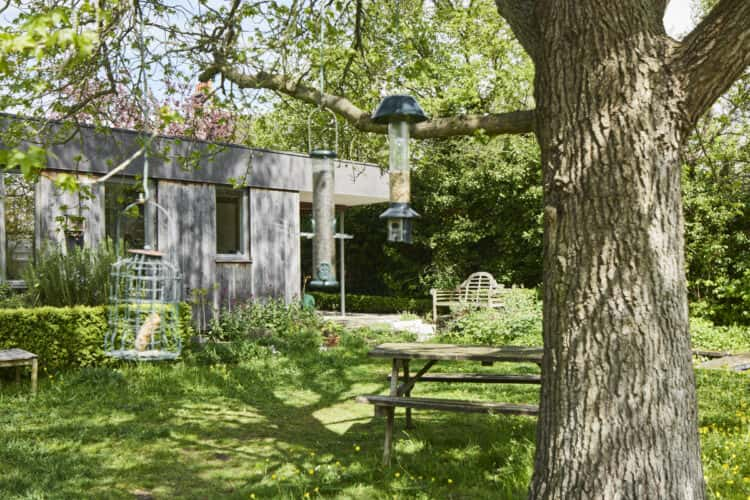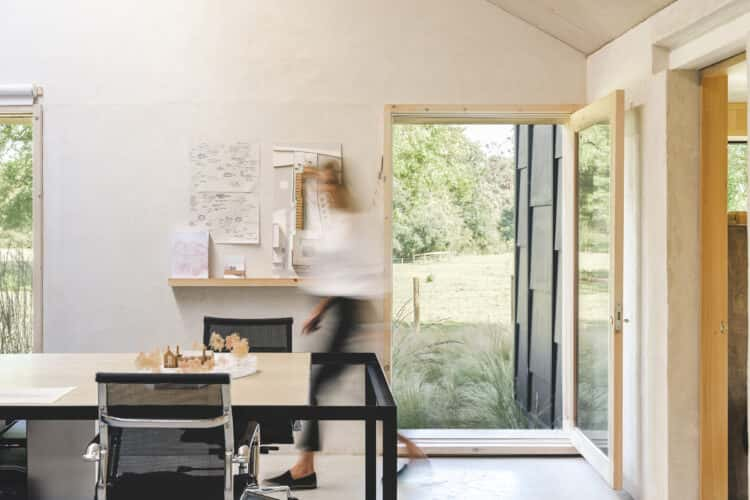How to better the design of your bathroom for a brighter future
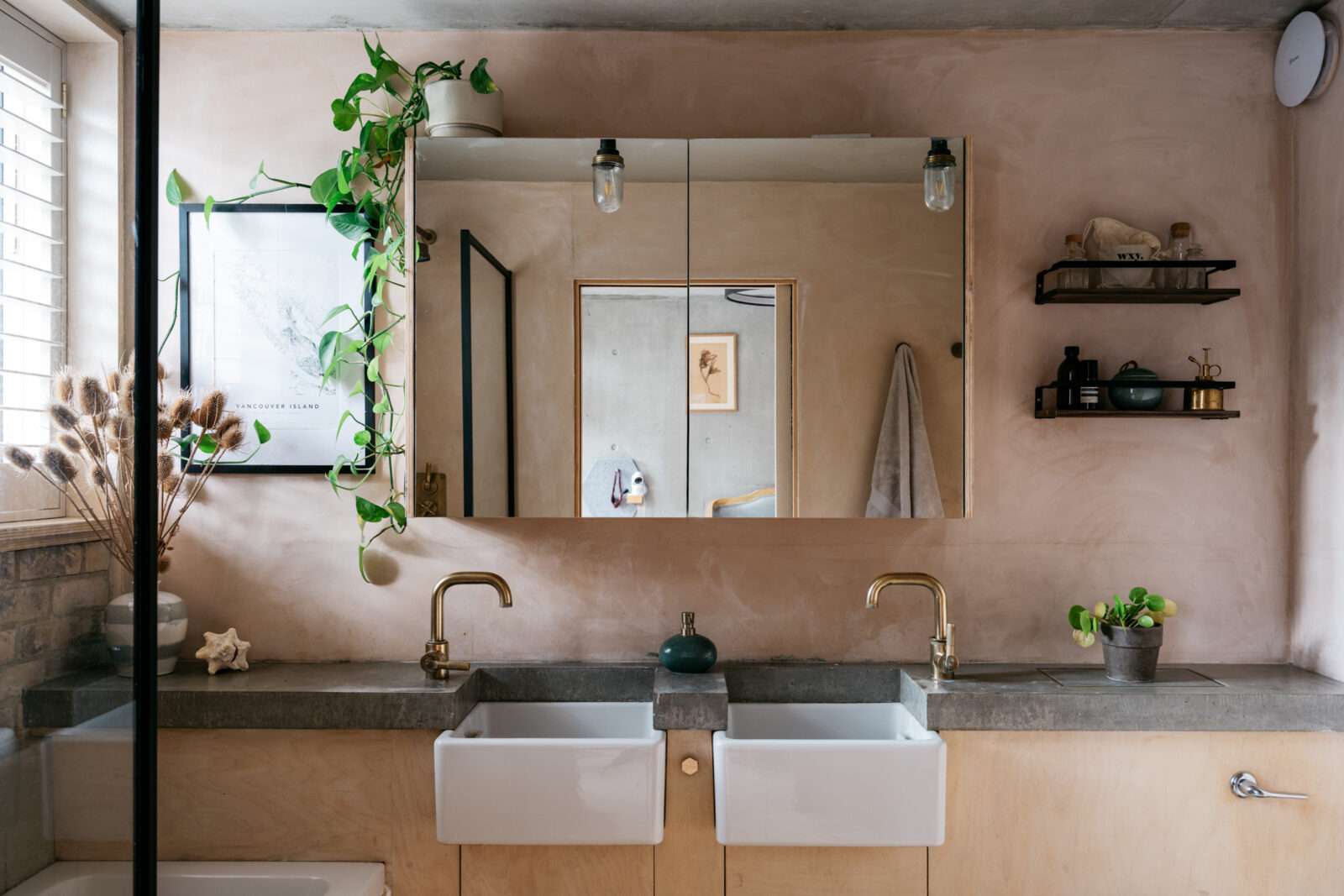
Of all the rooms in our homes, the bathroom arguably gets used the most – and it uses a lot of resources too. Large amounts of water are consumed every day when we run the tap or flush the toilet. In fact, a recent study revealed that bathrooms make up more than two-thirds of household water usage. And what about the products we’re using in our washing and wellness routines? From shampoo stored in single-use plastic bottles to toilet rolls (which account for 15 per cent of deforestation around the world) we’re throwing a whole lot away – and, surprisingly, people recycle 40 per cent less in the bathroom than they do in the kitchen. Thankfully, there is a whole host of ways we can better our bathrooms for people and the planet – not least when it comes to their design.
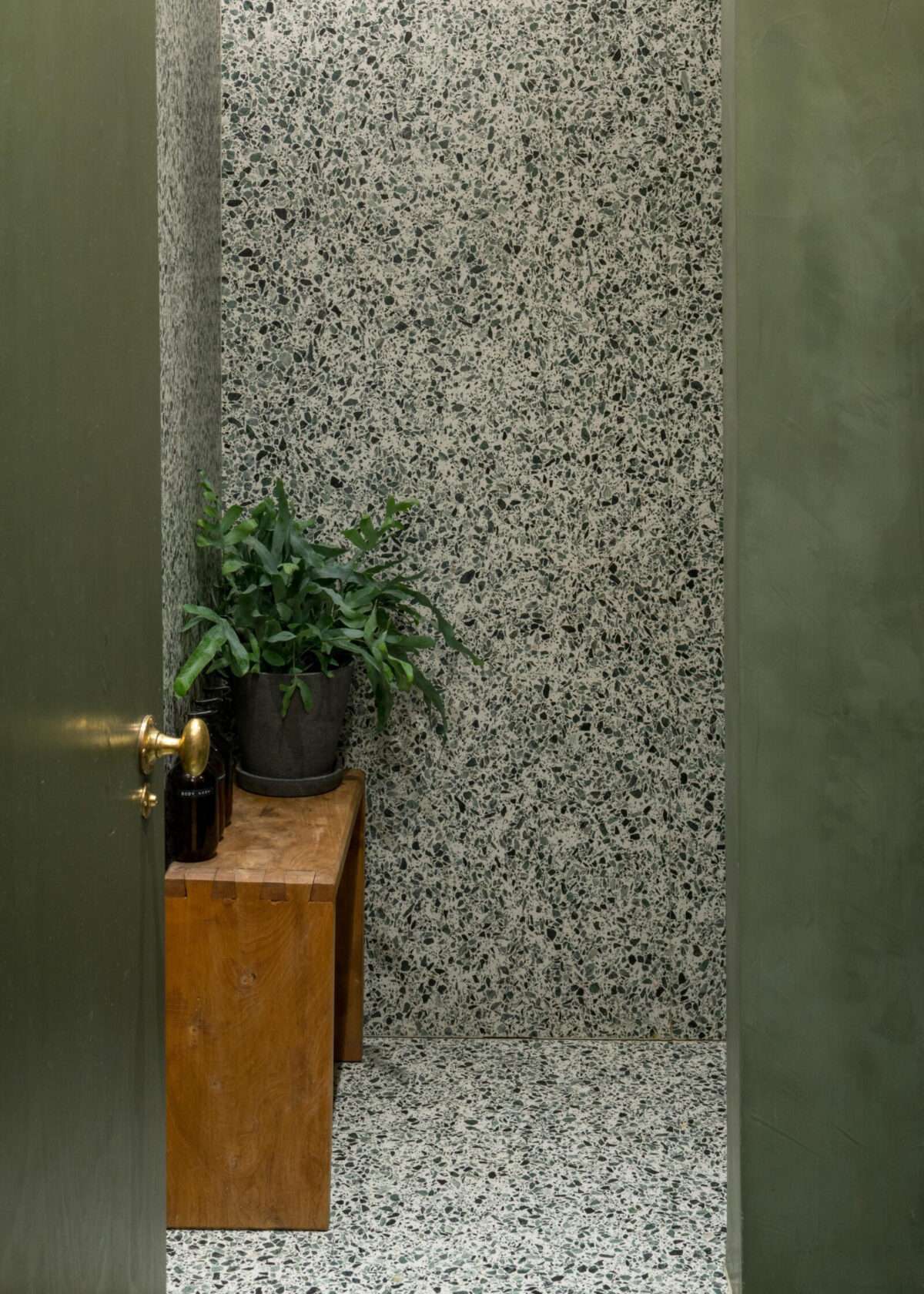
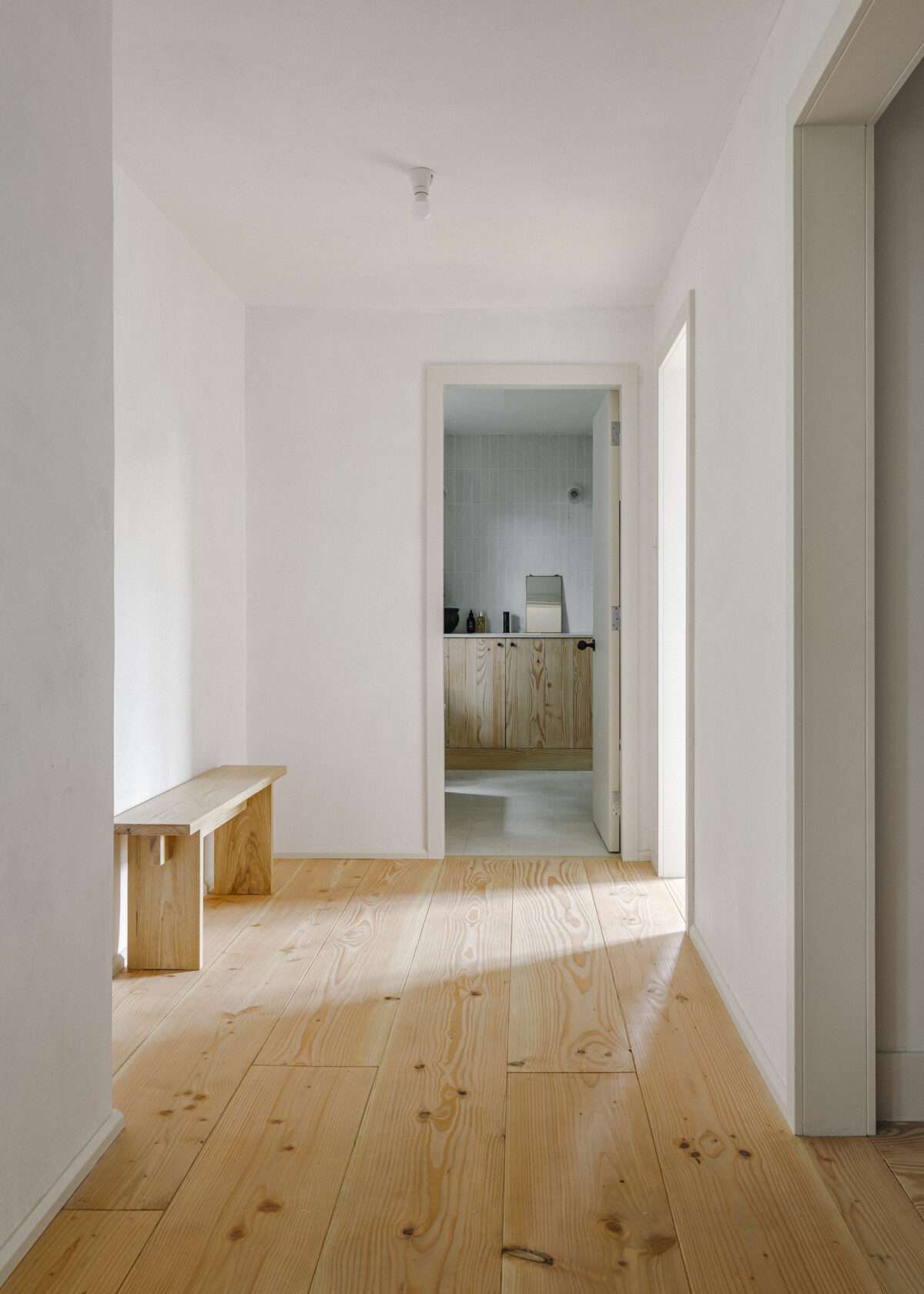
“The bathroom is a very personal place. In many cultures it’s a very ritualistic one too,” says architect Simon Astridge. As his Instagram bio reads, he’s dedicated to: “Design to make you and the planet feel good”. When it comes to bathrooms, Simon says he’s often tasked to create “an area of escapism where you can guiltlessly linger” – and he ticked this box when designing his own in his former home, which he sold through The Modern House. The Japanese-inspired space is divided into two zones: one for personal hygiene and undressing, the other for bathing. “We finished the walls and ceilings in smoked oak timber for the first section,” which also features a sink with reclaimed brass taps, he explains, “while stone surrounds the bath.” As well as resulting in a soothing environment, natural materials are kinder to the planet than manmade alternatives.
Simon is also an advocate for tadelakt, a natural lime-based plaster from Morocco that dates back to the 11th century and shares similarities with clay. “It’s non-toxic, natural, breathable – and very practical,” he explains. In this home in Camberwell, for instance, Simon used it in a pretty green colour for the walls, ceiling and sink. He suggests considering it as a brilliant substitute for tiles, which are made using a very carbon-intensive process called vitrification, whereas “tadelakt is a combination of powder and water. The process of applying it is like painting on the wall.” As well as using less carbon, it’s aesthetically pleasing too, as the charcoal-hued bathroom of this one-bedroom apartment proves. “Sometimes it can get very busy in bathrooms if you’re not careful with tiling,” Simon adds. “Tadelakt results in a homogeneous surface. It’s minimal and modern.”
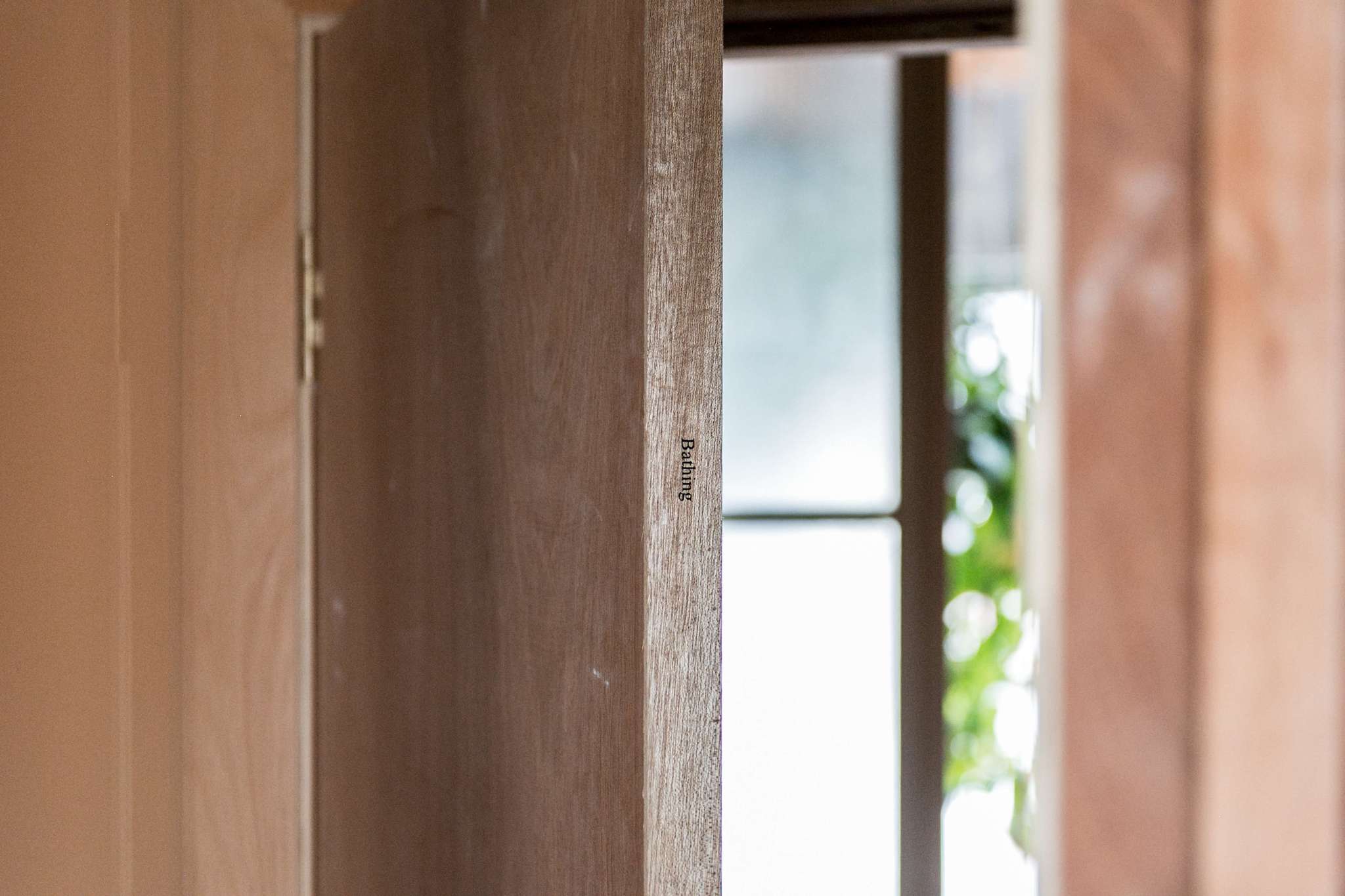
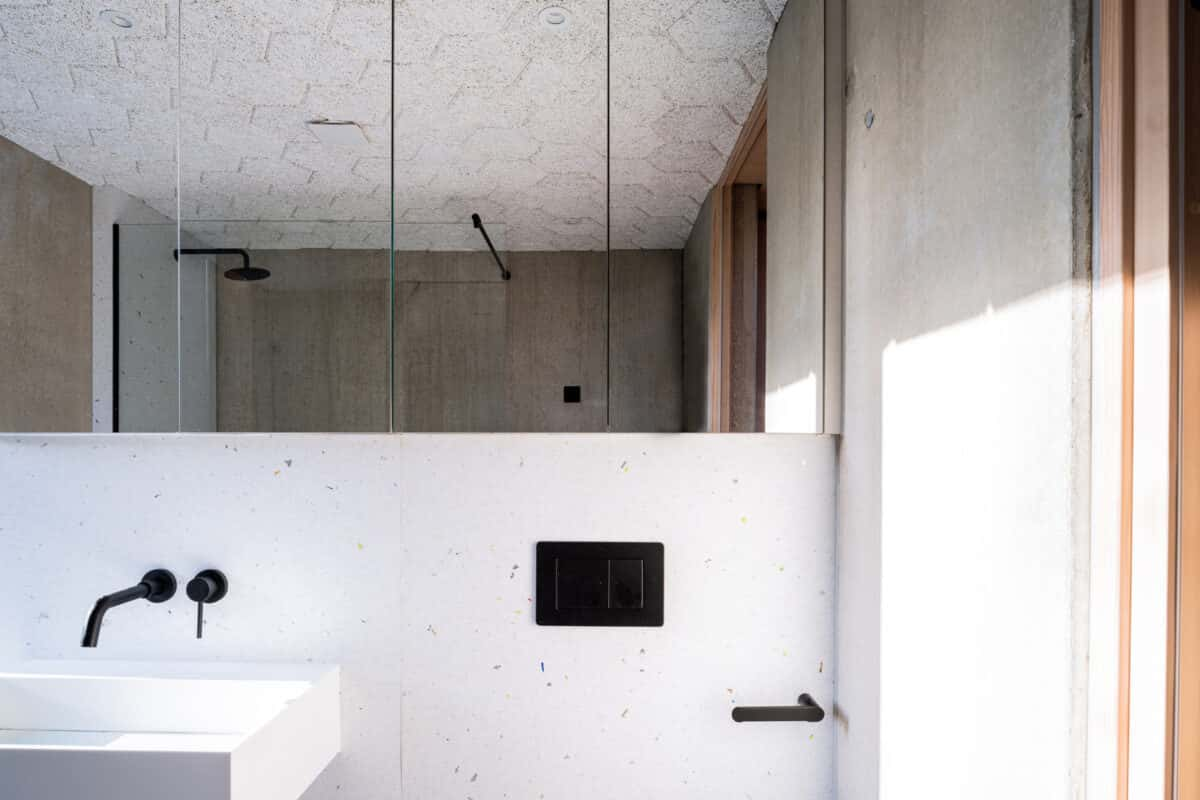
Another option is plastic – but not as you know it. “At Smile Plastics, we reimagine waste plastics into beautiful decorative sheet materials,” says Rosalie McMillan, who co-founded the business with Adam Fairweather in 2015. “Plastics have been given a really bad reputation,” she explains over Zoom from their new micro-factory in Swansea. “But it has amazing properties and there’s so much of it around – eight billion tonnes have been produced in the world today.” Smile Plastics’ materials, for instance, are waterproof, mould- and rot-resistant. “Bathrooms are arguably the best environment for them,” Rosalie says. The products are circular too; they’re 100 per cent recycled – made using anything from white goods to cosmetic bottles and Christmas decorations – and recyclable. But it’s not just about practicalities. “I often feel cold when I go into a heavily tiled bathroom. Smile Plastics, however, are soft and warm.”
Design naturally applies to the objects within our space too – and in the bathroom that means soap and shampoo bottles. According to a recent report, more than five billion plastic bottles escape household recycling in the UK every year – and one way to reduce this is to switch to refillable products by brands such as Reia. “We were desperate to find more sustainable or plastic-free cosmetics solutions,” says Celia Foot, who runs the business with Sophie Salisbury, “but they often were lacking in style, quality or convenience.” Reia’s hand and body wash, however, reduces waste and sits beautifully on the shelf. The idea is simple: consumers select a starter kit, which includes a sea-green glass bottle, a refill pouch and a subscription frequency. They’re then encouraged to return old pouches to Reia for recycling. “You avoid 33g of plastic ending up in landfill every time,” Ceila adds. “These small efforts add up to a huge collective effect.”
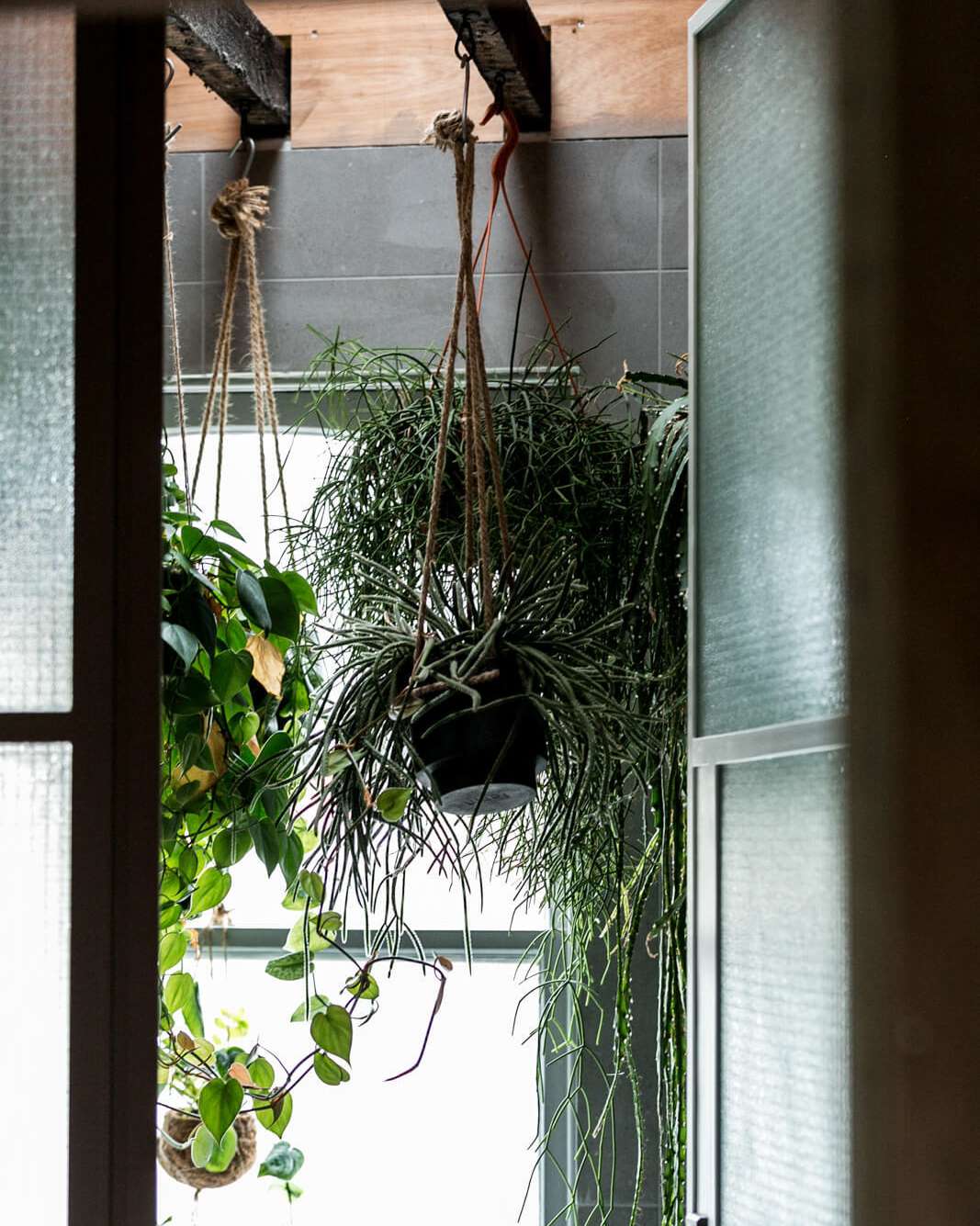
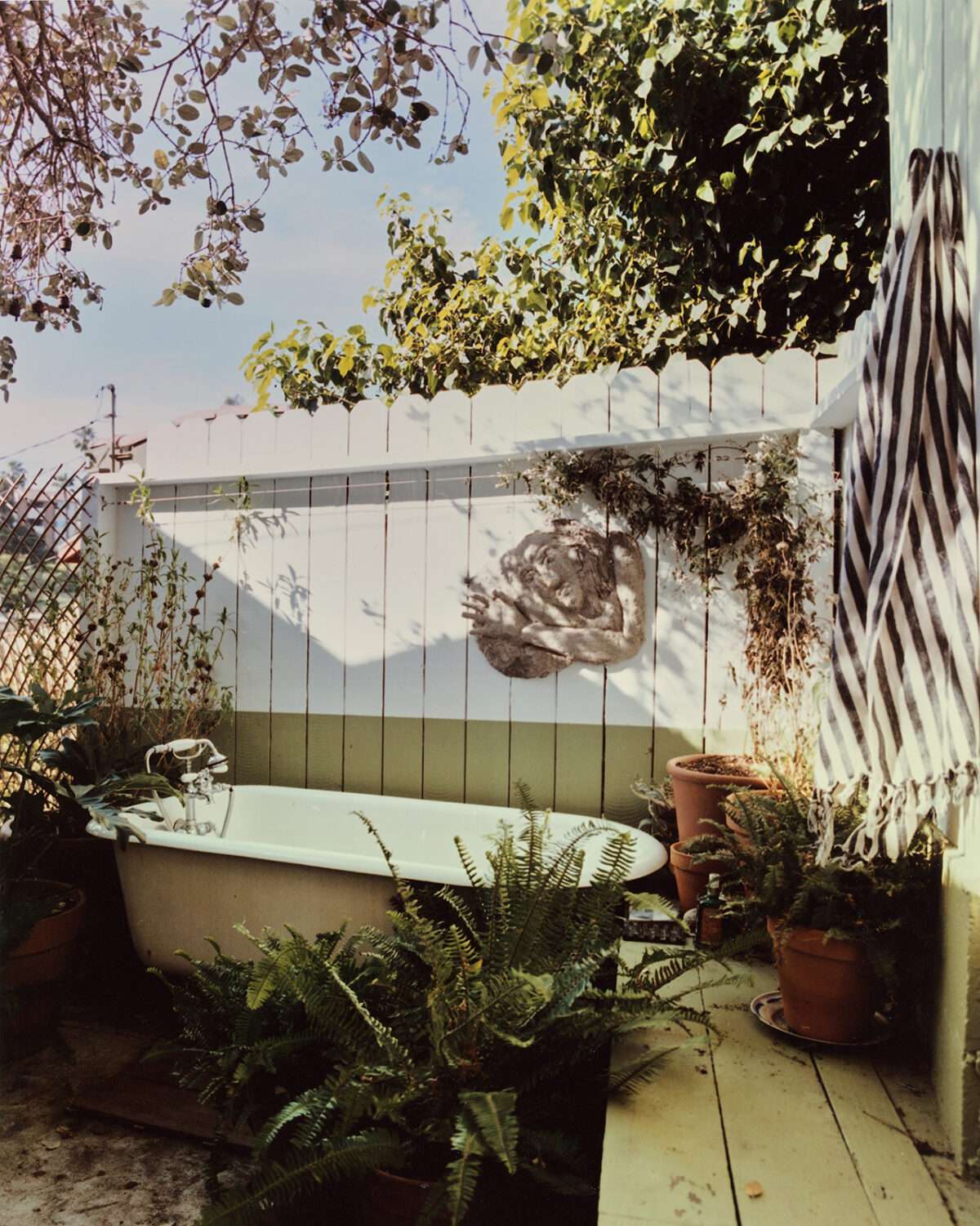
A particularly simple way to breathe new life into our bathrooms is with plants. Not only do they look good but they have plenty of benefits: they purify the air, reduce stress and anxiety, and certain types, such as hoya linearis and devil’s ivy – as seen in the bathroom of this listing – can even absorb excess moisture, minimising the likeliness of mould in the bathroom. When Simon designed his lush bathroom, he spoke to the experts about adding greenery. “We did a lot of research at Conservatory Archives to find out what plants love moisture twice a day,” says Simon, whose chosen verdure hangs from the ceiling joists and receives their water through steam evaporation. “They suggested various ferns and aloe vera plants.”
If you’re renovating, however, Rosalie raises an important point: “When you’re thinking about a bathroom project, people often forget about what they’re going to do with the things they’re replacing.” She suggests salvaging old materials while considering whether you need to throw anything away. “How can you extend something’s life?” she continues. “I’ve seen some amazing ideas for what you can do with old baths in the garden, for example. There are loads of options, especially if you’re good with DIY.” Draw inspiration from the Los Angeles home of gallerist Alex Tieghi-Walker, for example, where he’s created his own outdoor bathroom with a tub in his courtyard. As Rosalie says: “There are endless possibilities with what’s already in existence.”
